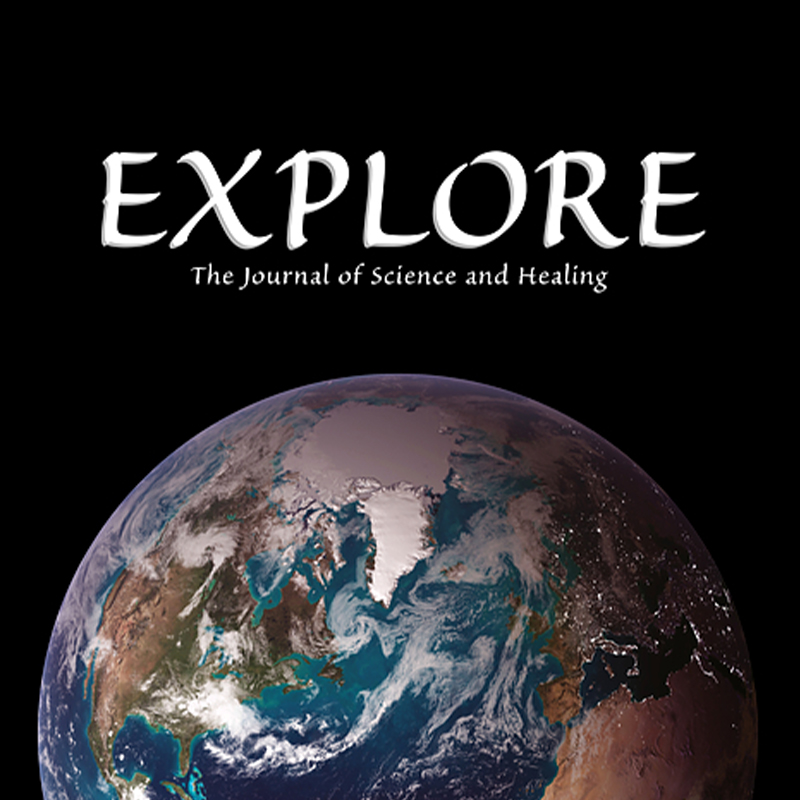Wahbeh, H., Niebauer, E., Delorme, A., Carpenter, L., Radin, D. and Yount, G. (2021) A case study of extended human capacity perception during energy medicine treatments using mixed methods analysis. EXPLORE, 17(1), 70-78.
https://doi.org/10.1016/j.explore.2020.10.006
Abstract
Introduction
Some “energy medicine” modalities, such as Reiki, continue to show evidence for efficacy, but the underlying mechanisms of action are still uncertain. To help illuminate possible mechanisms, this exploratory mixed-method study using qualitative and quantitative analyses investigated: 1) How do energy medicine sessions function from the perspective of a seer, i.e., an individual trained in techniques to enable perception of purported subtle energies, and 2) Do any of these observations correlate with changes in participants’ subjective pain?
Method
One seer reported observations during 30-minute energy medicine sessions delivered by 17 practitioners to participants experiencing chronic hand or wrist pain. Data were coded using an inductive approach, followed by thematic and descriptive analyses. Content analysis was used to assign whether each code was mentioned by the seer for each participant, generating 119 binary variables, one for each code. The relationship between these binary variables and change in participant pain scores after the energy medicine session and three weeks later were explored using linear regression models.
Results
The qualitative thematic analysis identified six major themes from the seer’s notes: “Experience of the Practitioner,” “Experience of the Participant,” “Space and Other Beings” (referring to the qualities of the physical space the energy medicine session occurred in and ostensible non-physical beings present during session), “Participant-Practitioner Relationship,” “Healing Process,” and “Attributes of Energy.” The energy medicine methods used varied for each participant, according to the practitioners’ perceptions of each individual’s needs. The linear regression models yielded significant associations between changes in pain scores and various codes, including energy color, practitioner touch and the presence of ostensible non-physical beings supporting the session, although their significance did not persist after correction for multiple comparisons.
Discussion
Future studies investigating the mechanisms of energy medicine may benefit from including perceptions by seers in their outcome measures.
CLICK HERE TO SEE THIS PAPER’S IMPACT!
